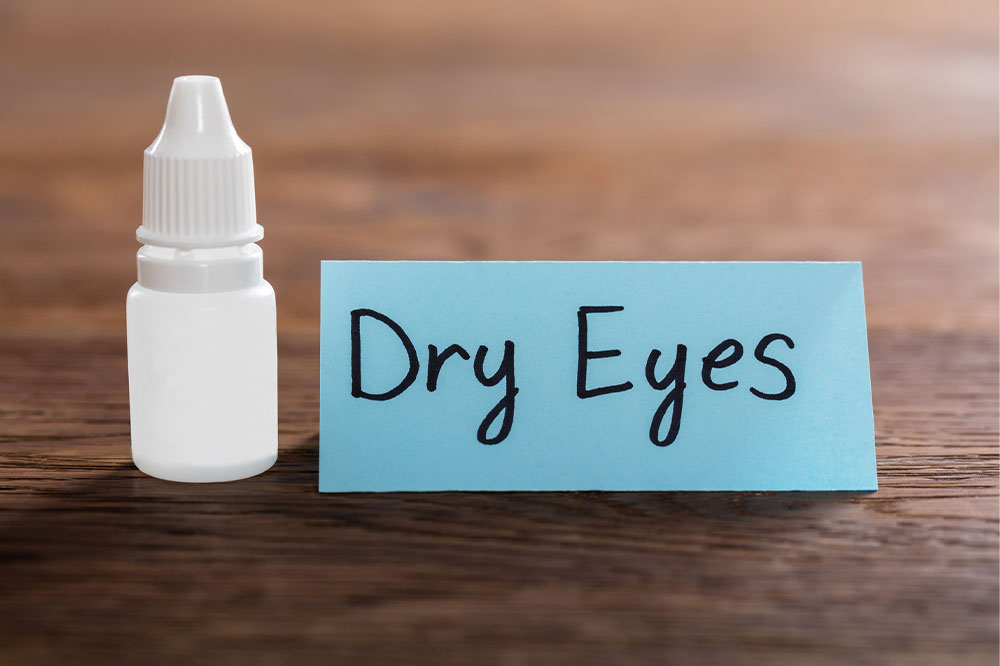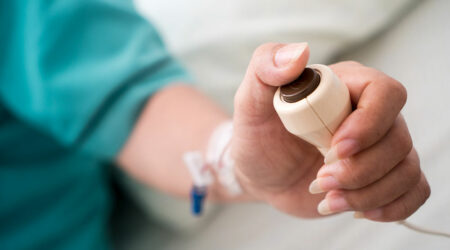
Read this if you are suffering from dry eyes
Dry eye is a condition where the eyes do not produce enough tears, which leads to dryness. Below are some of its common causes, signs, treatment options, and preventive measures:
Causes
Decreased tear production often leads to dryness, and this can be because of the below-given reasons.
- Age
- Hormonal changes in the body, including menopause
- Certain medical conditions like lupus, diabetes, high blood pressure, and Parkinson’s disease
- Use of certain medications like antidepressants, antihistamines, hypertension drugs, and hormone replacement drugs
Certain bacterial infections in the eye can also lead to dryness in the eyes, and in this case, dry eye treatment involves treating the infection first.
If there is an injury in the eyes, that can also lead to temporary tearing of the eye film and cause dryness.
Symptoms
Some of the common symptoms of dryness in the eyes are as follows:
- A burning sensation in one or both eyes
- Pain while blinking
- A gritty feeling in the eyes
- Redness
- The need to constantly rub the eyes
- Eyes getting tired and heavy
For some people, a watery mucus discharge from the eyes and blurry vision are also some of the symptoms noted. Doctors usually plan dry eye treatment based on the severity of the symptoms.
Diagnosis
Doctors start by asking the patient’s medical history and whether they have had episodes of dry eyes in the past. They also find out if the person works in a high-risk workplace that may lead to dryness. A simple external examination of the eyes will tell the doctor if you have dry eyes or not.
If a person visits the doctor for regular problems with dry eyes, the doctor may recommend getting the tear levels tested for their quality and quantity to know if there is a deeper problem.
Treatment options
Dry eye treatment stages vary depending on how mild or severe the condition is and how frequently the person develops dry eyes.
- OTC teardrops
The easiest way to treat dry eyes is to introduce artificial lubrication to the eyes in the form of eye drops. These drops are available in all the drug stores in the United States and can be used as a dry eye treatment option until your natural lubrication restores. - Lacrimal Plugs
Lacrimal plugs are used to block the lacrimal glands from draining out tears. This is a reversible procedure and helps retain tears in the eyes for a longer time. - Surgery
Doctors can perform a minor surgery to permanently plug the tear drainage holes situated at the corners of the eye.
Natural remedies
When you practice these natural remedies and the dry eye treatment, they will help quicken the lubrication process.
- Stay away from screens for a day
- Increase moisture content in the house using a humidifier
- Use protective eyeglasses to prevent further drying out of the eye film
- Practice eye exercises
Best foods to have
Omega-3 fatty acids help improve lubrication in the eyes. Consider including the below omega-3 rich foods in your diet to prevent eye dryness.
- Avocados
- All kinds of nuts and seeds
- Olives
- Plant-based oils
- Fatty fish
Preventive measures
Take care not to overstrain your eyes watching screens all day long. Try using blue screens for your laptops and mobiles to bring down the intensity of the screens. If you ride a motorbike or a bicycle, wear protective glasses. Consider using omega-3 supplements to improve eye lubrication naturally. Talk to your doctor about the correct dry eye treatment, and do not self-medicate.




